
About This Quiz
Are you a bird watching enthusiast? Even if you're not a pro hobbyist, you might be able to recognize these 50 birds. Take this quiz to find out how many you can identify.
Did you know that someone who enjoys the hobby of bird watching is called a Birder? Sure, you can call them bird watchers, but that's not quite as exotic. Along the same lines, the act of bird watching is called birding. So, in other words, birders bird. Confused? Don't be. You don't have to be an ornithologist (someone who studies birds professionally) to take this quiz.
Birds are actually very interesting to watch. As a hobby, we can trace it back to the beginning of the 20th century in a book titled "Bird Watching" (what else?). However, the appreciation of birds for more than just dinner has been a staple of history. Birds have been considered magical, mythical, and sometimes merely just aesthetically pleasing. And with thousands of varieties to watch, it's no wonder this hobby has become one that has its own societies and clubs.
So, grab your guide and take this quiz to see how many of these 50 birds you can identify. Let's get started.



Advertisement

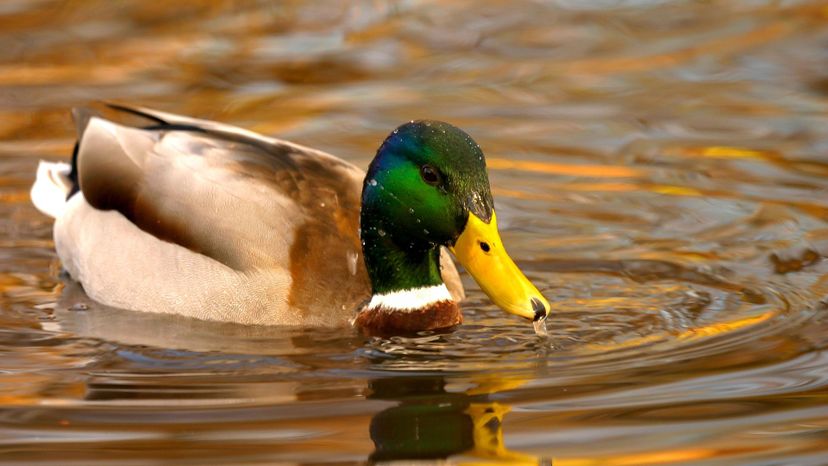

Advertisement

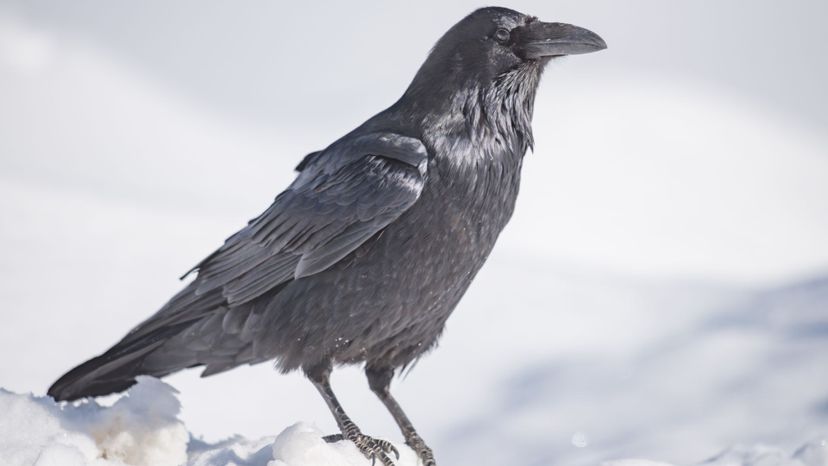

Advertisement



Advertisement

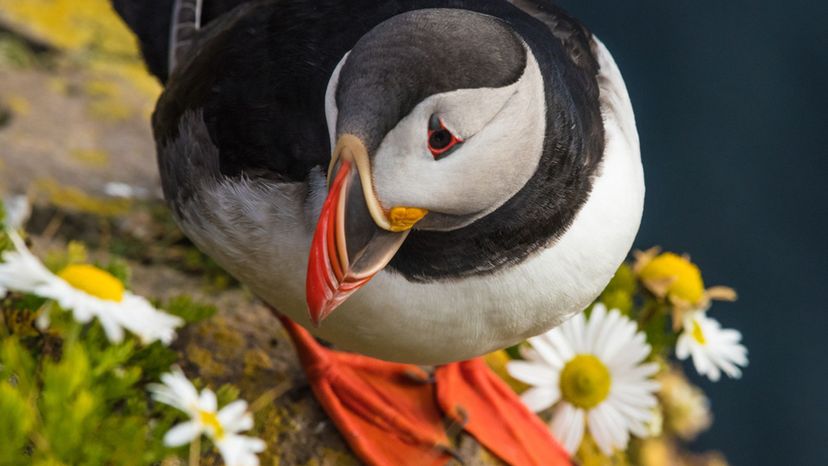

Advertisement

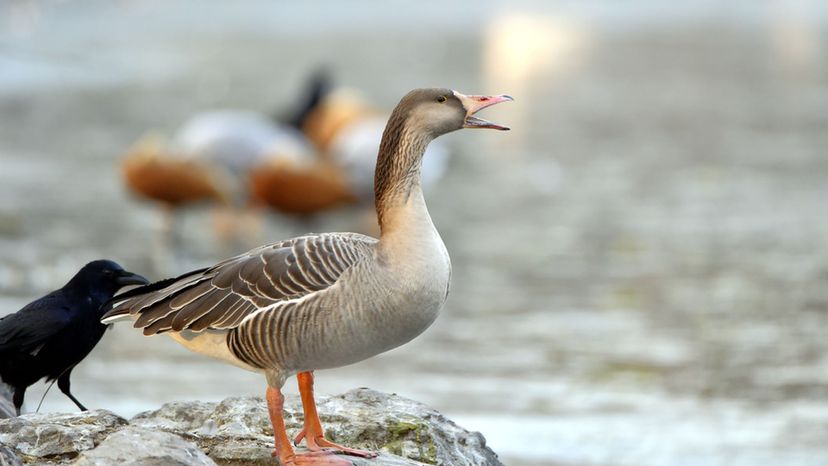

Advertisement



Advertisement

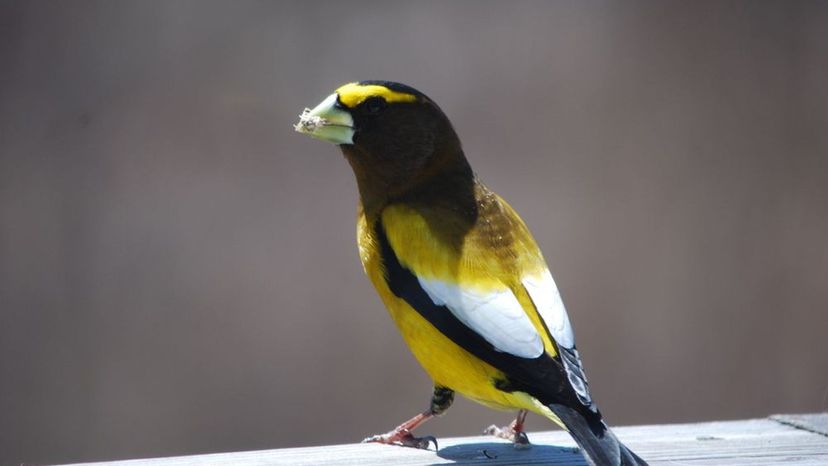
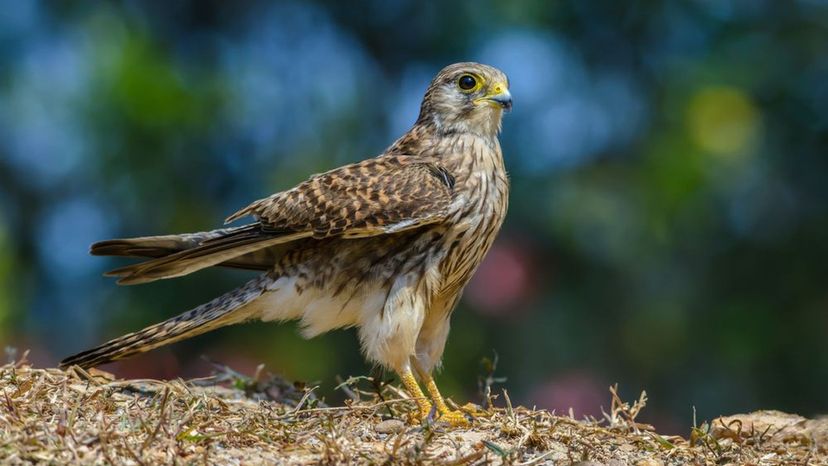
Advertisement



Advertisement
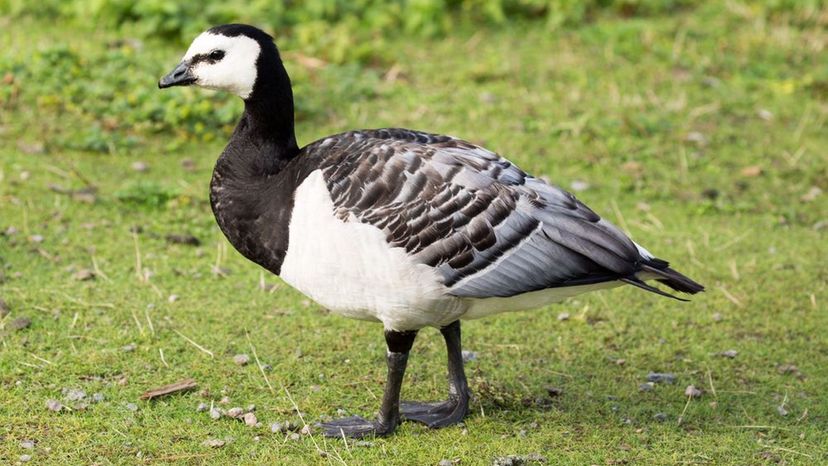


Advertisement



Advertisement



Advertisement


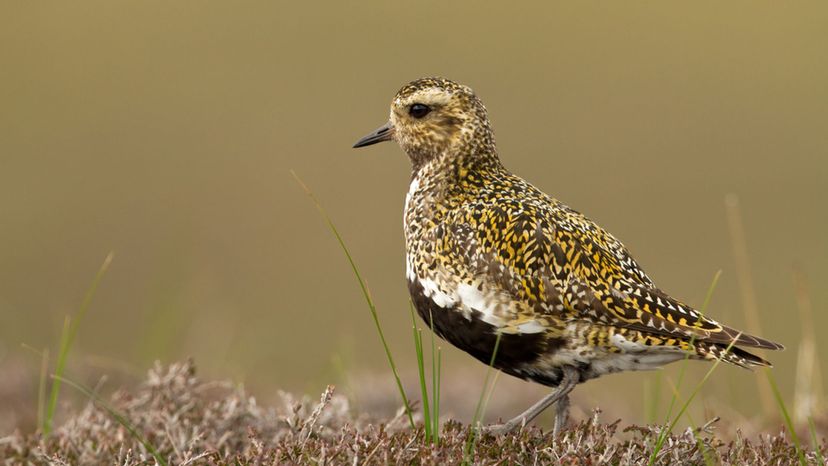
Advertisement

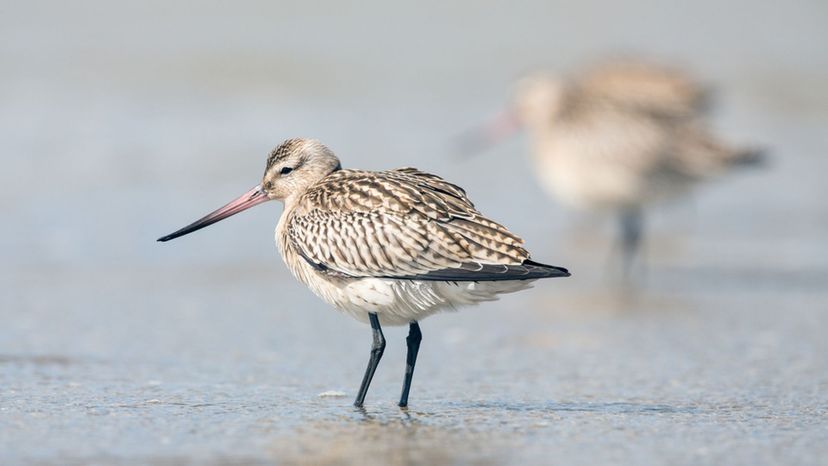

Advertisement

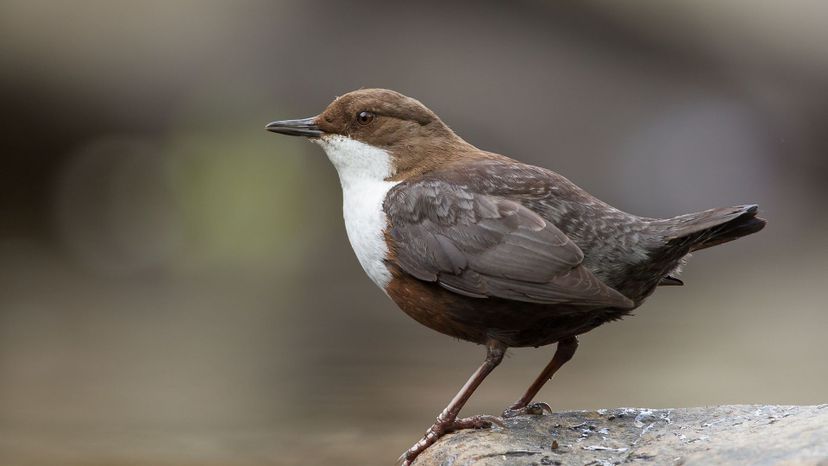

Advertisement

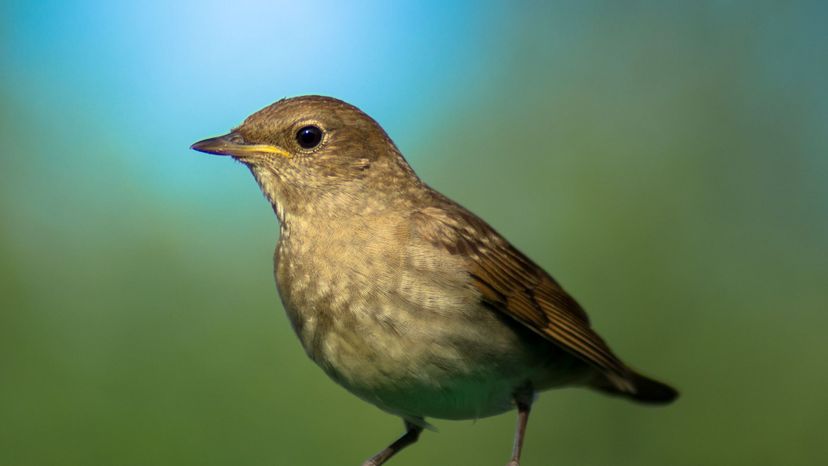

Advertisement

